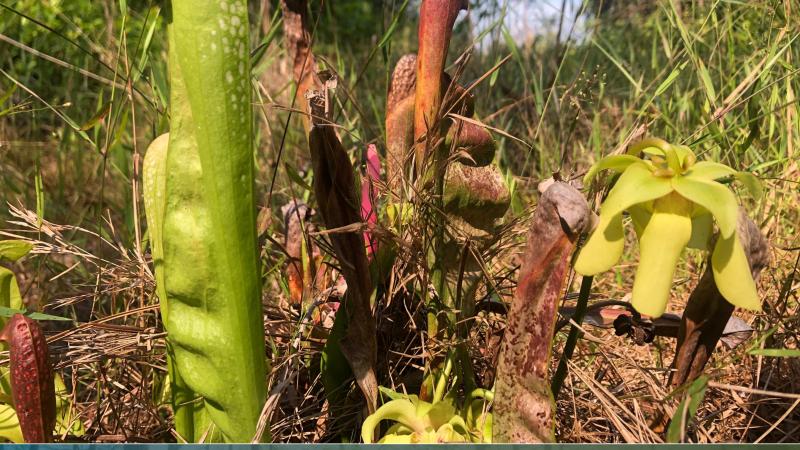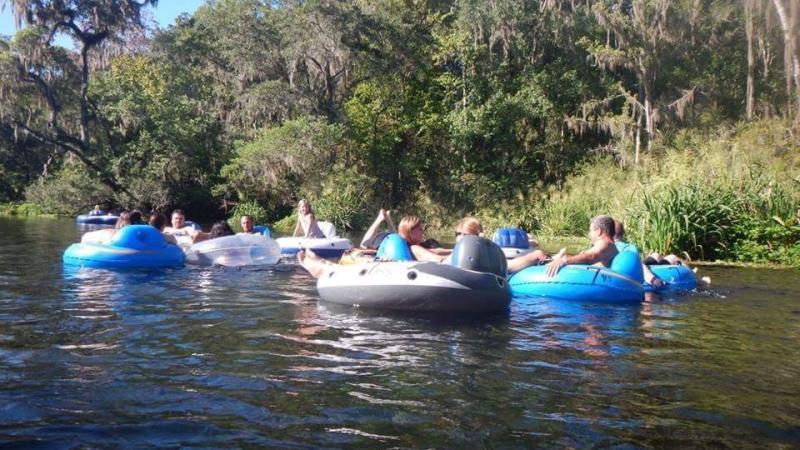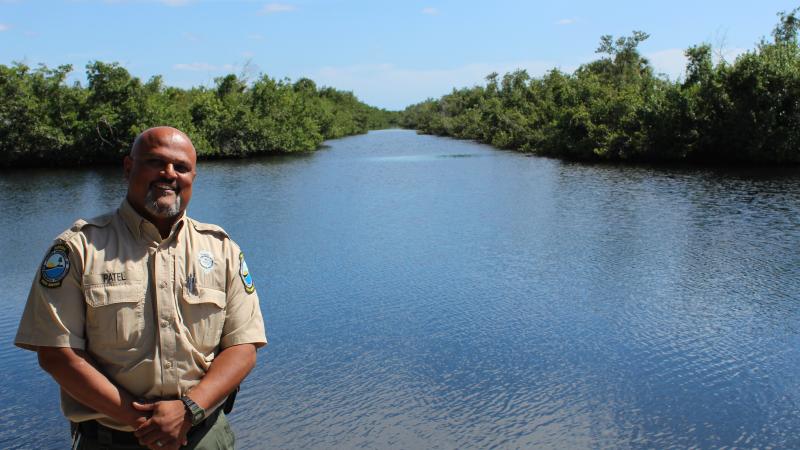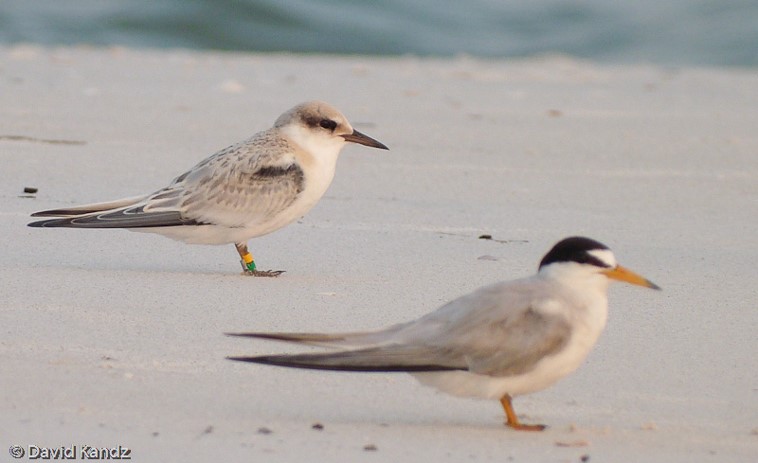
Restoring Long Key State Park Following Hurricane Irma
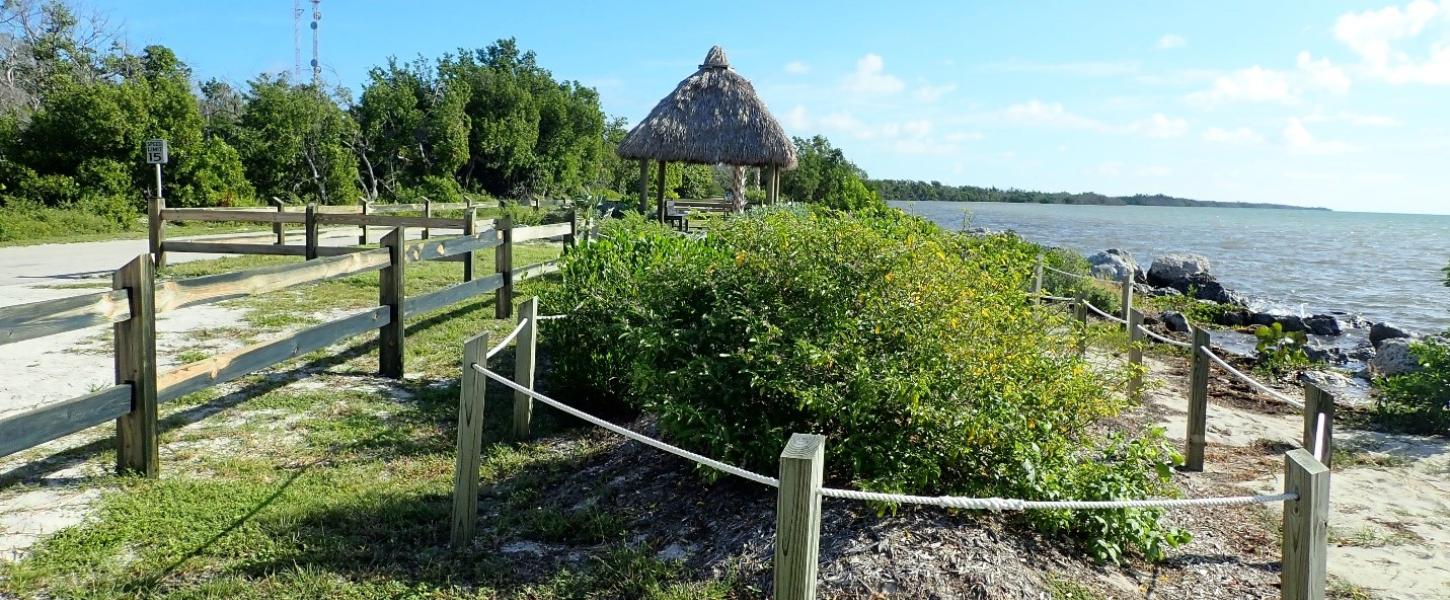
Long Key State Park is located on the island of Long Key at Mile Marker 67.5 in the Florida Keys. The park includes 984 acres on both the oceanside and the bayside of U.S. Highway 1 and contains diverse natural communities.
Nearly 39 imperiled species call the park home, including Keys tree cactus, Buccaneer palm, the endemic jumping cactus, piping plover, least tern and Miami blue butterfly.

Long Key State Park is known for its campground along the Atlantic shoreline. Campers enjoy fantastic views and easy access to the water for fishing, swimming and kayaking. The 1.1-mile Golden Orb Trail winds through various plant communities.
The Layton Trail is located on the bayside of the park with short interconnecting trails and overlooks of Florida Bay.

Hurricane Irma
Hurricane Irma made landfall on Cudjoe Key on Sept. 10, 2017, as a Category 4 storm with sustained winds of 130 mph. The Florida Keys experienced 12 inches of rainfall and a 10-foot storm surge near the point of landfall. Damage was extensive along this narrow chain of islands. Many neighborhoods from Cudjoe Key to Big Pine Key suffered major damage to homes and property. Some areas have not yet recovered from the storm, and some residents are still displaced from their homes.
Although all the Florida Keys and 10 of the 11 region's state parks were impacted by this storm, the four state parks in the Lower Keys (Long Key, Curry Hammock, Bahia Honda and Fort Zachary Taylor), sustained the most damage, requiring active post-storm restoration.
Long Key State Park suffered impacts to vegetation within the tropical hardwood hammock. Suffocation from storm surge debris killed many mangroves. The major impact from the storm was along the Atlantic shoreline, which is the location of the park’s small beach and picnic area, primitive campground and the main campground. This is where I focused the efforts for restoration so that we could stabilize and restore beach, dune and coastal berm habitats.
Assessment, Cleanup and Restoration

Once the initial damage assessment and first phase clean-ups were completed, I was given the task of developing restoration plans for the four parks, particularly where we would need to conduct infrastructure restoration, such as rebuilding the campgrounds at Long Key and Bahia Honda.
Working closely with the volunteer staff at Dagny Johnson Key Largo Hammock Botanical State Park’s nursery, which is located at John Pennekamp Coral Reef State Park, I developed plans for the four parks based on the plant species that are native to each of the parks.
The Key Largo Hammock Nursery was established in 1994 as a way of providing native Keys seed sources for restoration, mainly at Dagny Johnson Key Largo Hammock Botanical State Park. Over the years, the nursery has been an invaluable resource, not only for restoration projects and park landscape projects throughout the Florida Keys, but also for outreach to the local community about the importance of native species.
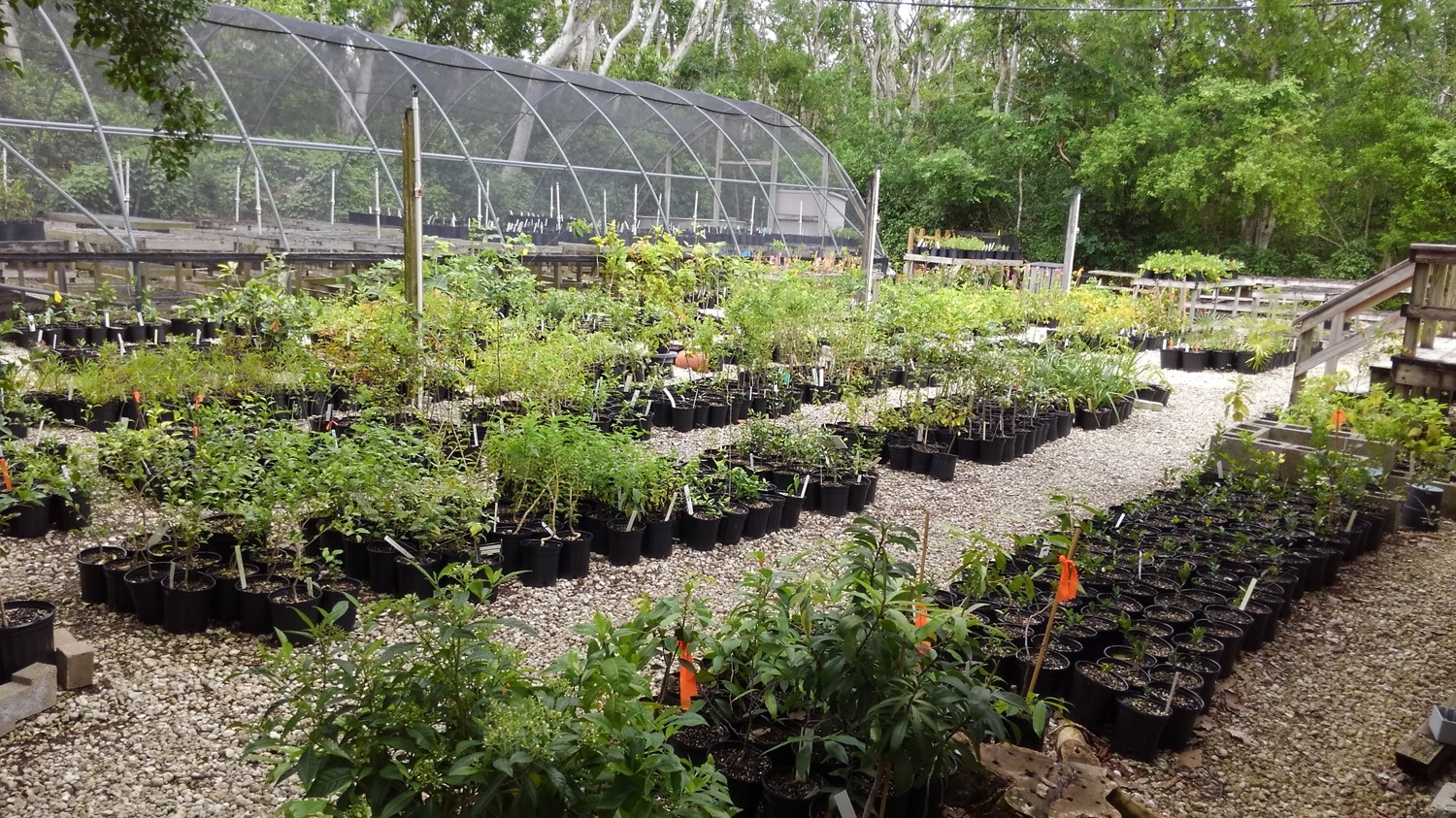
Once the debris was removed and the sand was stabilized along the shoreline, we created a small dune approximately one-quarter mile long, west of the campground to the end of the park boundary. We conducted several phases of plantings at this location so we could stabilize the dune while aiding in the natural recruitment of vegetation.
In addition to the plants donated from the Key Largo Hammock nursery, park staff sowed seeds from nickerbean, the host plant for the federally endangered Miami blue butterfly.
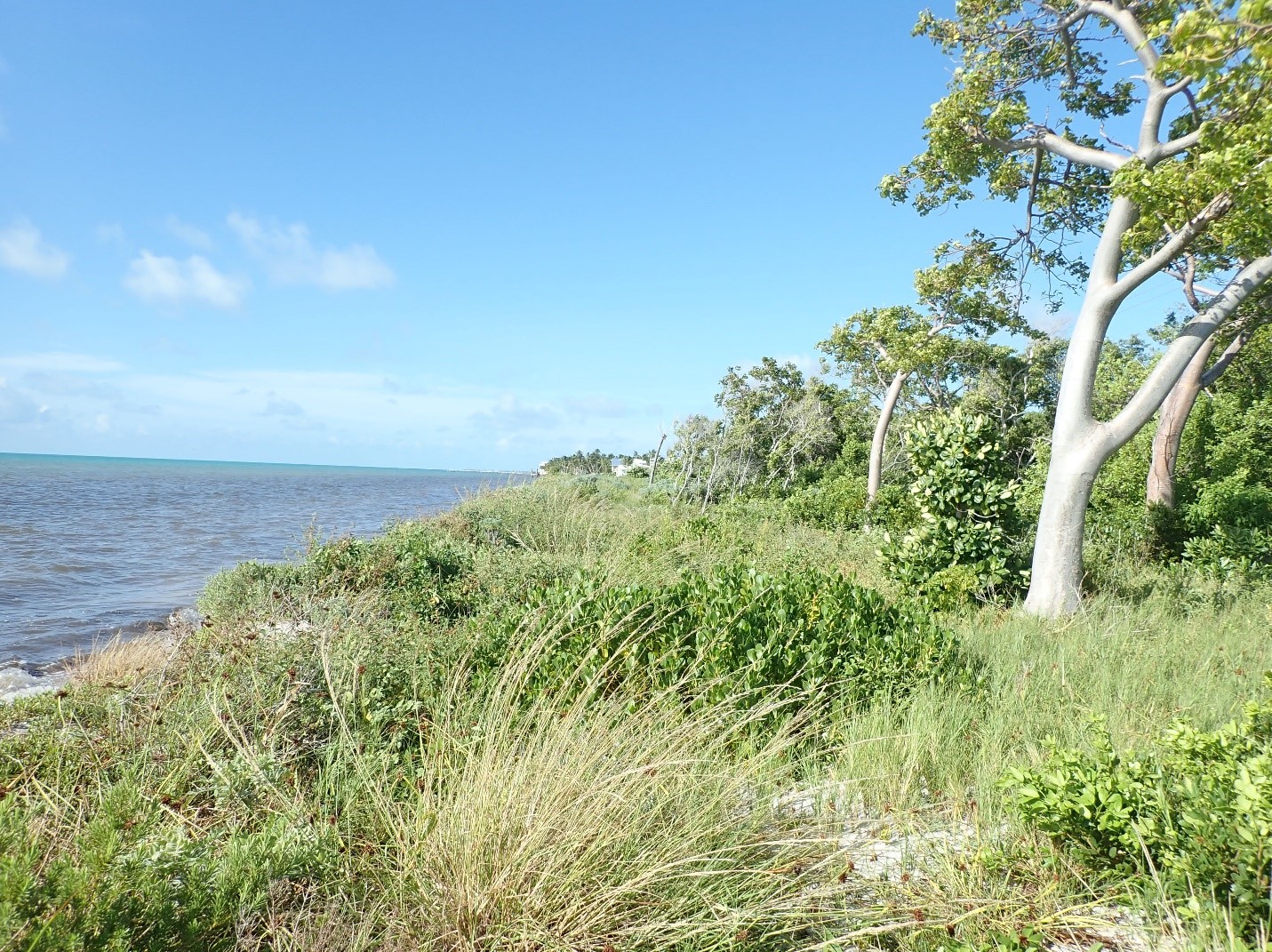
Park staff rebuilt the beach and picnic area by constructing a viewing platform and better delineating the area for visitors. Once that was completed, I secured more plants from the Key Largo Hammock nursery to landscape and enhance this area of the park.

The next major planting was at the primitive campground. Park staff rebuilt the platform structures as well as adding additional sites and a group area. Once that was complete, I secured 160 plants from the Key Largo Hammock nursery to establish the campsite buffers and to restore the shoreline landscape and the upland landscape.
To date, we have planted 295 plants, and the park staff have done a fantastic job in watering and maintaining the plants so there has been little mortality.
The goal of restoration in the primitive campground was to reestablish the shoreline vegetation and to provide a buffer for the primitive campsites. In the sandy soils of the Florida Keys, planting small, one-gallon-size plants fosters a better chance for survival. Roots have a greater opportunity to become established, particularly when we are planting in the limestone substrate. Planting larger plants in limestone can result in plants becoming root bound in the ground and ending up being potted plants in the ground. Fortunately, all of the restoration at Long Key has been in sandy soil.
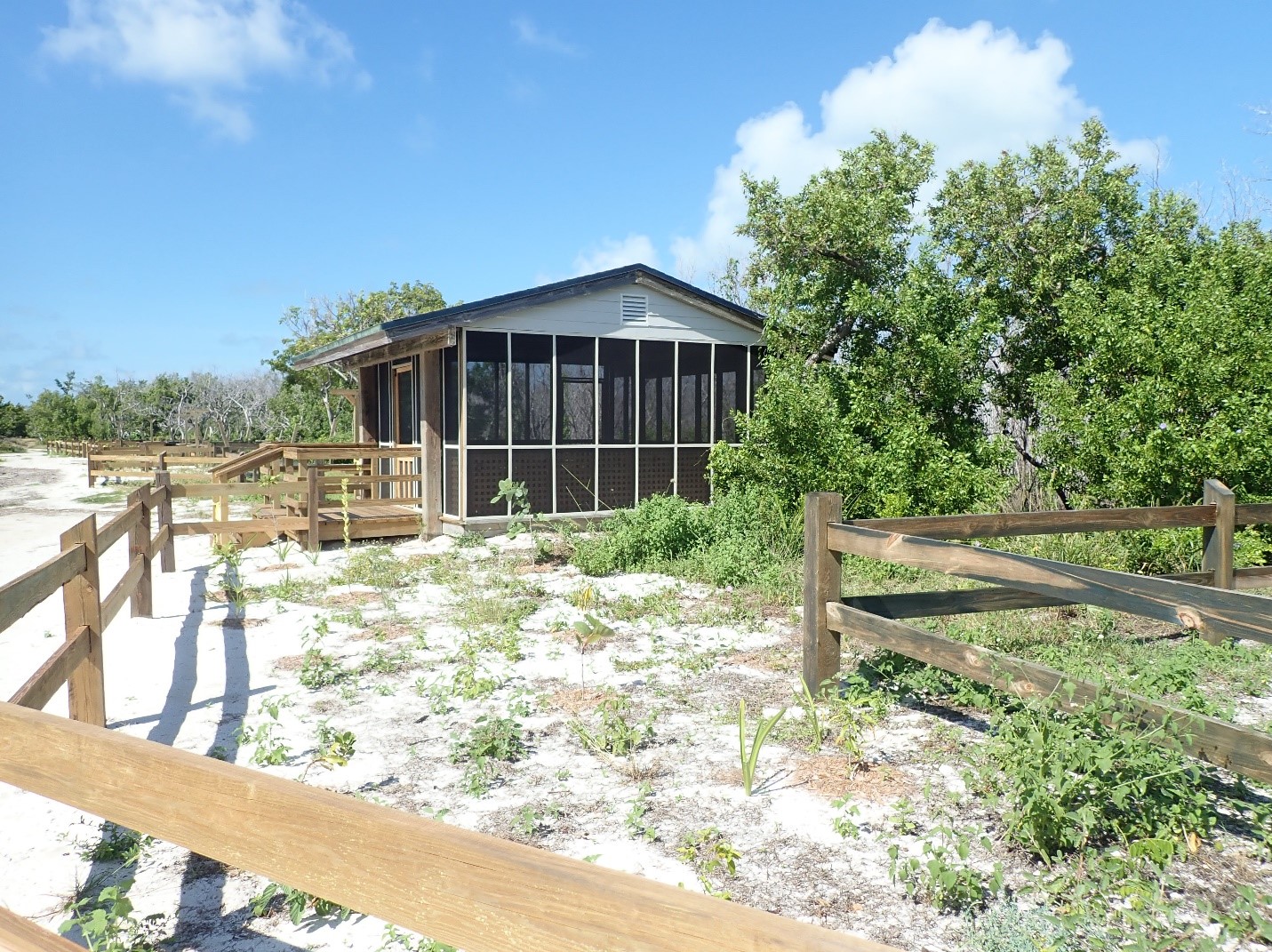
What's Next?
We will plant the majority of the plants that have been slated for Long Key State Park since it will take hundreds of plants to restore the buffer zones, the shoreline vegetation and the upland coastal berm habitat.
We all have experienced the devastating impacts from hurricane damage. I have been fortunate to work alongside a great team of Key Largo Hammock nursery volunteers and park management and staff to ensure that Long Key State Park is restored not only for use by park visitors, but for use by all of the wildlife that are the critical components of what makes the park such a phenomenal resource.
About the Author
Janice Duquesnel grew up in South Jersey and moved to Key Largo in 1986 after receiving a Bachelor of Science degree in Oceanography from Catholic University of America. Her love of the ocean began at an early age, and she has stayed on the path of working in the marine environment throughout her career. When Janice moved to the Florida Keys, she worked for The Nature Conservancy and as a field instructor for an environmental education program. Janice joined the Florida Park Service in 1995 as a District 5 biologist, and in 2005 transferred to be the Keys biologist. In 2017, Janice was promoted to environmental specialist at the District 5 office.
She is now biologist and submerged resources biologist for the Keys. There are many aspects of the job that Janice finds rewarding, but working on seagrass restoration, coral conservation and imperiled plant conservation are at the top of the list.
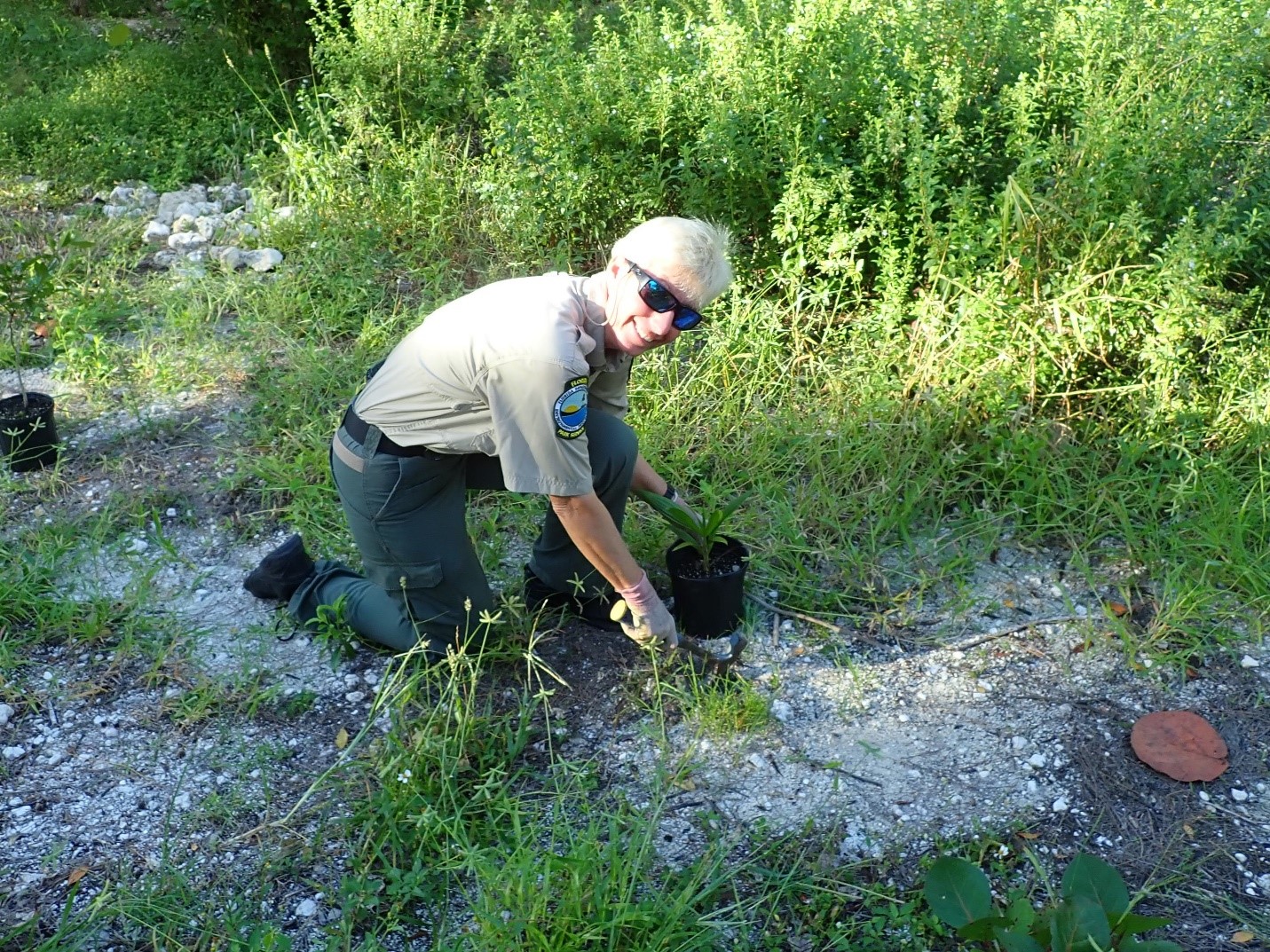
About The Biologists Tell the Story Series
In this series, we will learn a little more about our biologists as they share stories of their work in Florida’s state parks. The leadership and scientific research our biologists provide is essential for our legacy of conservation and land management. This series is an opportunity to connect these projects to the places where we ensure the health and sustainability of Florida State Parks.
